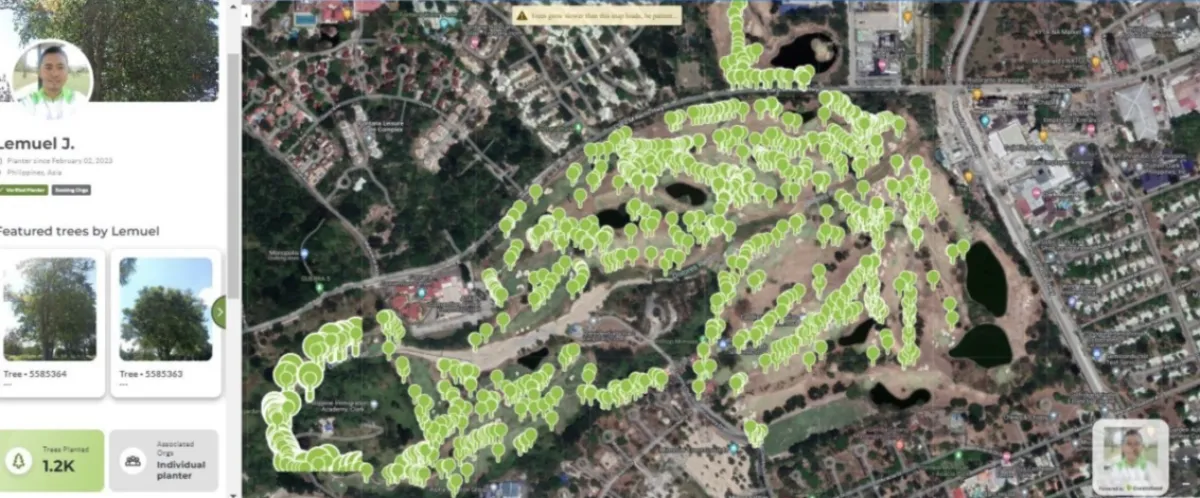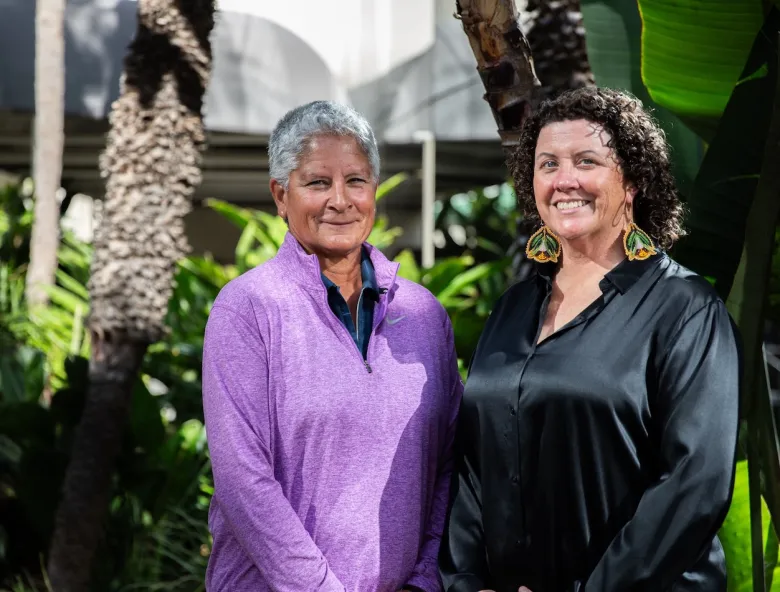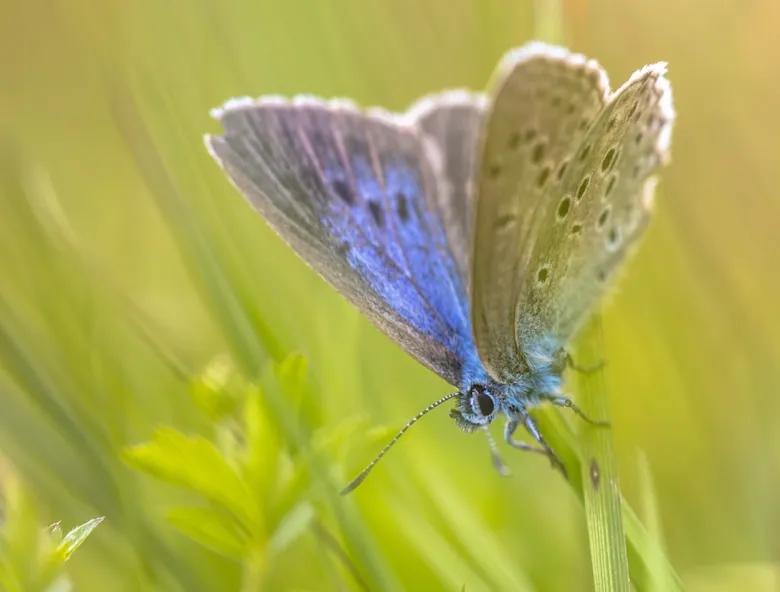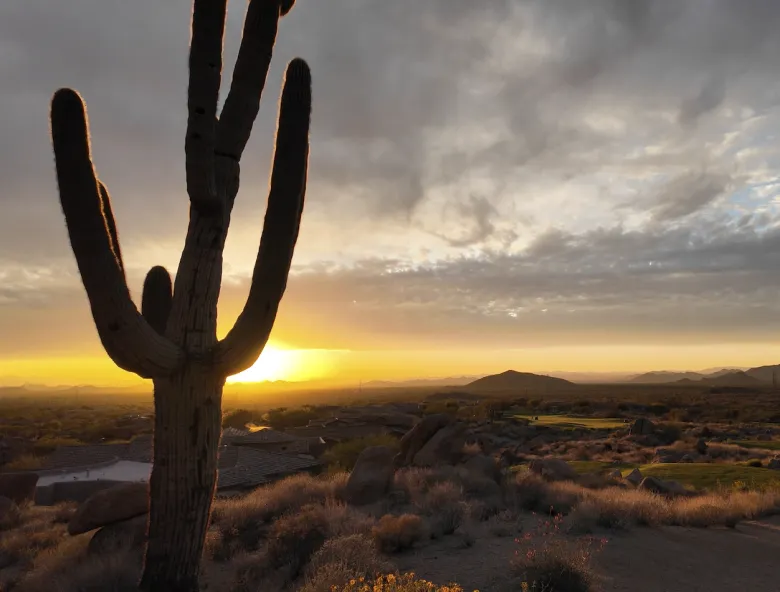It’s widely known that trees play a vital role on most golf courses around the world.
As well as shaping holes and adding visual appeal, they are integral to the ecosystem, providing habitats and biodiversity, contributing to carbon sequestration and reducing air pollution.
Trees also positively impact mental health, enhancing the wellbeing of the golfers who play around them every day.
A club in the Philippines has demonstrated just how important they are by pioneering a new method of geotagging trees on its course.
Using Greenstand’s Treetracker app, Mimosa Plus Golf Club has geotagged more than 1,200 trees in the last four months to provide deeper insights into tree distribution and a greater understanding of their environment.
Rory Young, Director of Golf, said: “The majority of golf clubs in South-East Asia still rely on paper or Excel files to track tree locations.
“We are now digitally recording all tree locations to capture coordinates and gain a better understanding of the layout.
“One of the challenges with implementing sustainability practices sometimes is their complexity. The app's integration with cell phones allows for direct uploads from the course, streamlining the project.
“We aim to complete our inventory by the end of this year, with every tree on our property recorded, which couldn't be done if we were mapping them manually.”

The Treetracker app verifies and tracks individual trees around the world, allows growers to upload geotagged photos and collects valuable data such as survival rates.
The app also has a second element, the Impact Wallet and Trading Service, which rewards tree growers for each verified tree with digital tokens that can be traded.
The introduction of Treetracker at Mimosa Plus is part of a wider commitment to sustainable practices and environmental stewardship, with water preservation and bug hotels among other initiatives.
Speaking up for sustainability
Elsewhere in South East Asia, the Bukit Course at The Singapore Island Country Club lies next to the MacRitchie Reservoir and boasts more than 3,000 mature trees representing at least 10 different species. They are protected and a proud feature of the course, as well as being home to prolific bird life and families of long-tailed macaque monkeys.
On the eighth hole is the one of the largest Syzygium grande / Sea Apple trees in Singapore, which falls within a Tree Conservation Area.
The club actively promotes what they do to protect and enhance trees, plants, wildlife and biodiversity, demonstrating its ongoing alignment with the United Nations Sustainable Development Goals (UNSDGs).
It also invites others to make suggestions for and contribute to the sustainability initiatives via a dedicated email address (gogreen@sicc.org.sg).
Why is this important?
We know from the findings of our report Golf & Social Media: Sustainability that speaking up to your stakeholders and the public is critical to combat negative perceptions about golf clubs and their relationship with the environment.
Golf course businesses around the world are actively striving to improve sustainable practices, introduce digital tools and innovations that assist them in that mission, and are demonstrating their commitment to people and the planet.
How courses are blending golf with nature
Insect hotels enhancing golf's biodiversity
Join the Operation Pollinator community



